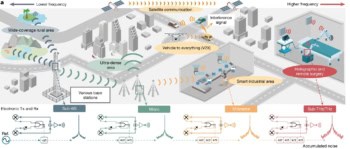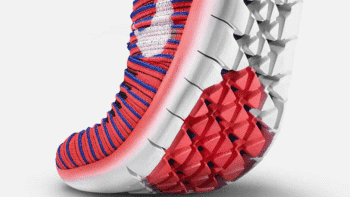Displays made of organic semiconductors are cheap, flat, have excellent viewing properties and only consume small amounts of electricity. The devices are made up of thin layers of organic materials sandwiched between suitable contacts. When a voltage is applied between the contacts, the device moves into an excited state that emits photons. Stephen Forrest from Princeton University and colleagues have now found a way to improve the efficiency of these devices by a factor of four (Nature 403 750).
Light emission from organic materials occurs through two separate processes: fluorescence – the process by which today’s organic semiconductors produce light – and phosphorescence. In fluorescence, a material absorbs charge carriers such as electrons and electron holes. The opposite charges meet up and combine to form an excited state known as an exciton. The material then returns to the ground state by emitting a photon.
Phosphorescence works on a similar principle, but gives a longer-lived emission by taking advantage of electron spin. If two electrons in the excited state have the same spin – called a ‘triplet’ state – then the material takes longer to move to a ground ‘singlet’ state (where electrons have opposite spin). Nevertheless, both processes are relatively inefficient and to make matters worse, many phosphorescent compounds do not work at room temperatures.
Forrest and his colleagues realised that by harnessing both techniques, they could improve the efficiency of organic light-emitting diodes. The group placed alternating layers of fluorescent and phosphorescent compounds in their device. Energy pumped into the system excites singlet and triplet states into the phosphorescent compound. These in turn excite ‘singlet’ states of the fluorescent material, which then emit light. The increased light efficiency reduces heat production in the device and thus extends its lifetime.



